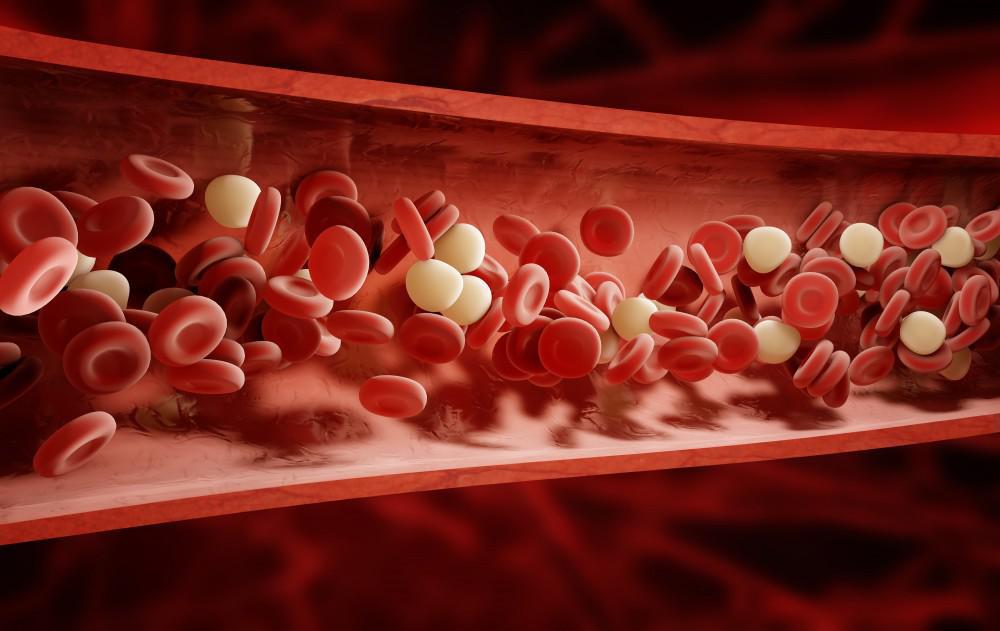Vaccines work by effectively creating immune cells that have a long lifespan—often for decades. These immune cells create a defence barrier that can prevent or reduce re-infection, as well as a memory that allows us to detect a past invader, such as a virus, and eradicate it before it causes illness. While the importance of these “long lived plasma cells” has long been recognised, how and when they are created following immunisation has remained unknown. These cells produce the antibody in our blood that acts as a barrier.
A team led by Dr. Marcus Robinson and Professor David Tarlinton from Monash University’s Immune Memory Laboratory, and published in the prestigious Science Immunology journal, demonstrated in real time how immune memory cells are stored in the bone marrow at a rate of one single cell per hour for several weeks after immunisation. To trace the slow growth of these cells, the researchers utilised a genetic approach in mice. This approach, known as timestamping, enables researchers to permanently record all plasma cells present at a certain moment after immunisation and then return later to identify those that have survived and are therefore long-lived.
The researchers showed the history of the accumulation of these long-lived cells by doing this on a regular basis following immunisation, pinpointing when they were formed and where they travelled.
After receiving a vaccine, we are mostly resistant to that illness because our systems continue to produce antibodies against the vaccinated sickness, effectively keeping us topped up on these antibodies.
While we know where these long-lived plasma cells are created in the body, including lymph nodes, tonsils, and the gut, we don’t know what causes some vaccinations to lead to these cells being around for decades vs some that expire after a few months.
Given the global interest in long-term immunity conferred by COVID vaccines, understanding this mechanism is becoming increasingly important.
Using a mouse model in which a fluorescent protein (named the TdTomato protein) was produced only in cells making antibodies against a particular vaccination.
Because these cells fluoresced, researchers were able to follow individual cells as they were generated and preserved.
The researchers employed a number of methods to identify just the plasma cells produced by the vaccination.
All plasma cells in the mouse model produced a fluorescent protein (called TdTomato protein), and among those, they identified those that recognised the vaccination, and ultimately, they determined when those cells were formed and hence how old they were by utilising the timestamp.
According to Professor Tarlinton, monitoring these individual cells as they are created, mature, and are kept to defend us from a certain virus or bacteria’s recurring invasion “may enrich our knowledge of how the recruitment of long-lived plasma cells happens.”
Because of the study’s complexity, the researchers were able to discover other elements of the development of particular immunity:
How do plasma cells get into the bone marrow?
Whether these plasma cells must displace other cells when kept in places like bone marrow.
Or if these cells “discover” an empty niche left by earlier plasma cells dying or going elsewhere.
Mapping these cells indicated that one immunisation in a mouse resulted in the production of around 40,000 persistent plasma cells in the bone marrow. Following the first flourish, these cells drop at a rate of roughly 0.1% per day, with a half life of around 700 days, providing both an indication of the length of protection and identifying the long-lived cells for further investigation.
Understanding how these long-lived plasma cells are generated, live, and die, according to Professor Tarlinton, “will inform our ability to modulate their recruitment, through different vaccine combinations or delivery strategies – ultimately allowing us to be able to increase the longevity of immunity.”
“In fact, there is recent work in Nature that demonstrates how changing the mechanics of vaccination may drastically impact the character of the immune response, and we would expect the development of these particular cells that have been the focus of our work.”

